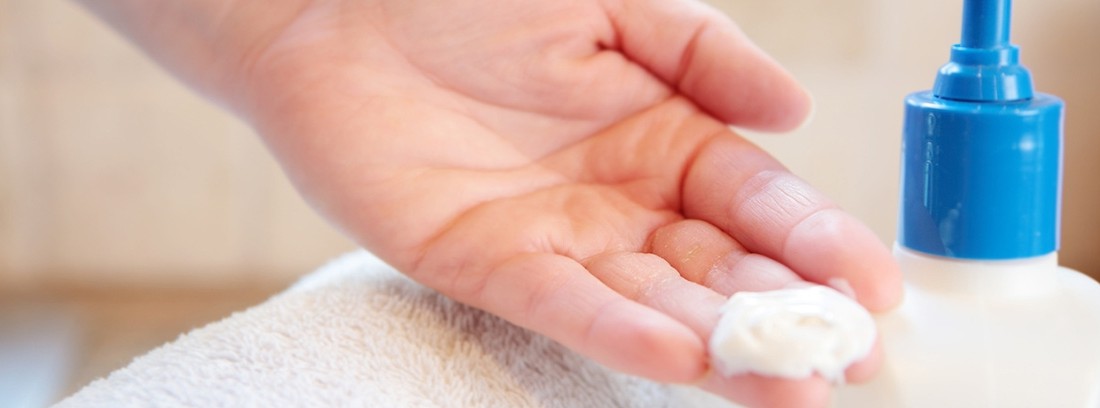Lichen planus

In addition, it can become a chronic disease, that is, it lasts for months or years and responds to treatment, but it can reappear despite it.
How does it manifest?
Lichen planus has not been shown to be inherited, as is the case with other skin conditions. In this case, lilac pimples appear on the skin, generally accompanied by a lot of itching, in typical areas, such as the wrists, ankles or the lower back.
Does it only affect the skin?
Lichen planus can affect the skin but also the mucous membranes, which are the lining of the mouth, tongue, or genital areas.
There may also be patients who have lichen only in these areas and not on the skin. In the mucous membranes it produces white plaques or erosions that can be very annoying.
How is it diagnosed?
A biopsy can confirm the diagnosis of lichen planus if the dermatologist has doubts or wants to rule out other possibilities. However, most patients are diagnosed without the need for a biopsy, because the disease is easily recognizable by a dermatologist.
Can it be associated with internal diseases?
Some lichens that affect the mouth, especially those that cause a lot of inflammation, erosions or sores, can be associated with a liver infection called hepatitis C.
Treatment
Treatment seeks to control the disease but cannot guarantee that there will be no more outbreaks in the future. Medications in creams or pills can be used depending on the extent and severity of the disease. In the hospital environment it can also be treated with ultraviolet rays (phototherapy). The dermatologist will indicate to the patient what treatment should be followed in each case.
- It is benign but bothersome and can become chronic or recur despite responding to treatment.
- It can affect the skin and also the mucous membranes (tongue, mouth or genitals).
- Treatment is usually based on creams or pills.
(Updated at Apr 15 / 2024)